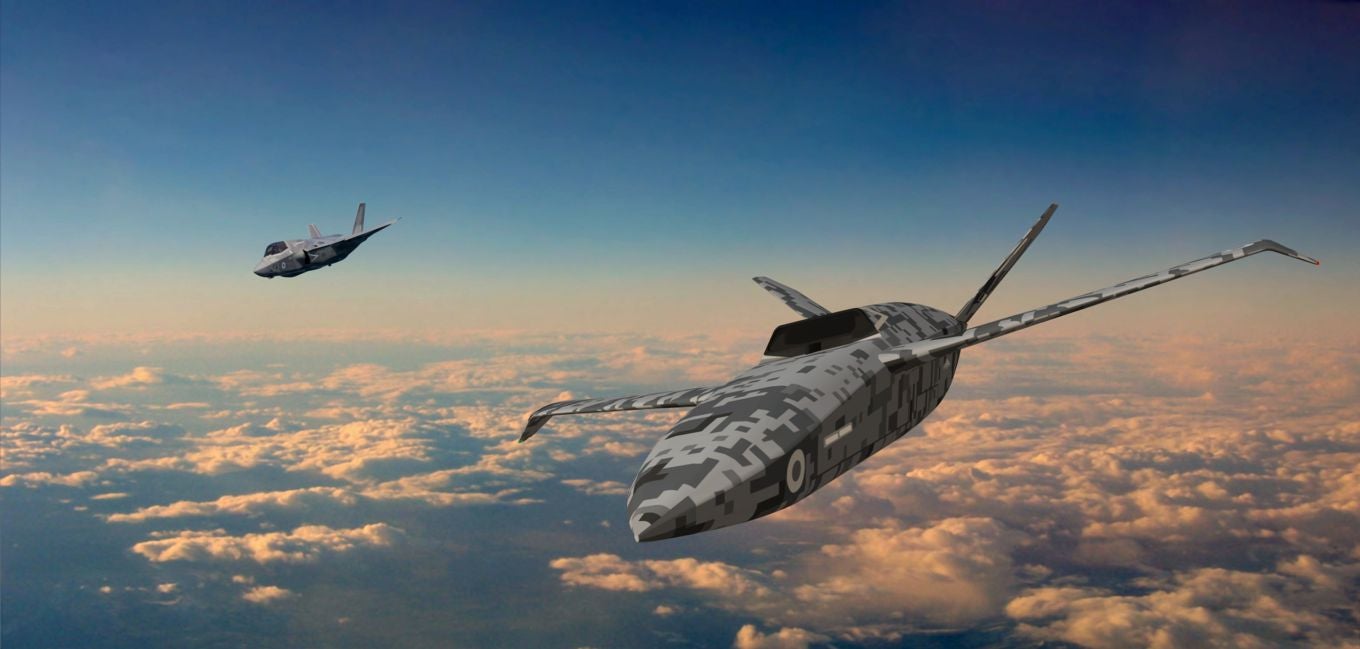
The UK Royal Navy is exploring how a large fixed-wing uncrewed aerial system (UAS) could be used for strike and air-to-air refuelling missions as part of a future carrier air wing and maritime aviation force.
The conceptual work is being done under a programme called ‘Project Vixen’ that likely draws its name from the Royal Navy’s Sea Vixen carrier-based air defence fighter from the 1950s.
As it is only a conceptual project, the work on Project Vixen may not lead to any commitments to a future system.
Under Project Vixen, the Royal Navy is exploring how fixed-wing UAS could be used for missions including surveillance, air-to-air refuelling, electronic warfare and strike.
Naval Technology understands that the work is also exploring how the UAS could deliver these capabilities either as an independent platform or by acting as a complementary platform to crewed aircraft such as the F-35.
The UK Royal Air Force is already working on a project to develop a new Lightweight Affordable Novel Combat Aircraft (LANCA) concept through Team Mosquito.
The UK’s plans for a ‘Loyal Wingman’ type platform could see a system able to operate alongside Typhoon and F-35 by the end of the decade.
Naval Technology understands that the Royal Navy and Royal Air Force are working together on understanding what shape ‘Loyal Wingman’ platforms could take and that there is interest in having platforms of these types work from both land and sea.
The programme comes to light after the Royal Navy released a request for proposals (RFP) for potential electromagnetic catapult and arrestor wire systems that could be used to launch and recover ‘air vehicles’ from ‘a suitable ship’ by as soon as 2023.
The systems, known as ‘cats and traps’, would likely be fitted to the UK’s new Queen Elizabeth-class aircraft carriers to increase the combat mass of the UK’s F-35Bs by augmenting them with uncrewed aerial vehicles (UAVs).
At the time of the RFP, Naval Technology reported that the cats and traps would likely support the future operation of UAS from the two aircraft carriers for airborne early warning (AEW) and potential airborne aerial refuelling (AAR) roles.



